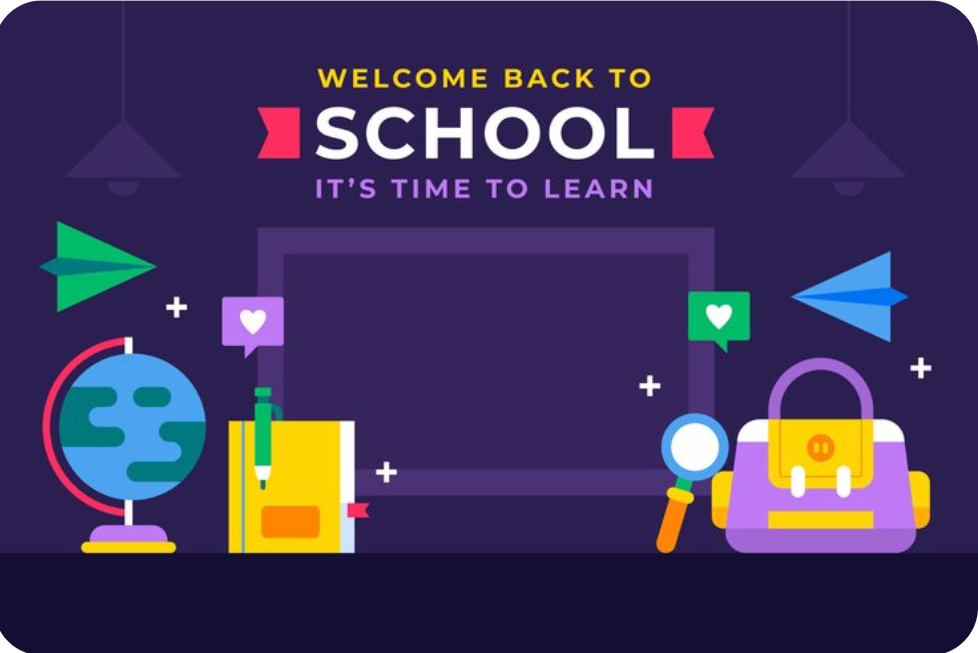Kindergarten Schools in ESTZ Essential Guide to Enrollment and Curriculum

Kindergarten schools ESTZ focus on creating safe and inclusive environments where children begin their formal education journey. These programs emphasize foundational skills such as exploration, problem-solving, and social interaction, which are essential for future academic success. They offer a structured yet nurturing setting that supports early learning and development for all children.
Many schools provide options for full-day or half-day kindergarten, giving families flexibility based on their needs. Curriculum in ESTZ kindergartens aligns with regional education standards to ensure consistent quality across different schools. This approach helps children build confidence and adapt smoothly to the routines of school life.
Parents can expect kindergarten programs to be welcoming to diverse backgrounds, promoting equity and inclusion. The focus on early childhood development aims to prepare young learners not only academically but also socially and emotionally, setting a strong foundation for the years ahead.
Overview of Kindergarten Schools in ESTZ
Kindergarten schools in ESTZ provide various program types tailored to early childhood development. Their curriculum focuses on foundational skills in multiple domains, supported by qualified educators. Enrollment requires meeting specific age and registration timelines, ensuring proper placement.
Types of Kindergarten Programs in ESTZ
ESTZ offers both full-day and half-day kindergarten programs. Full-day programs often combine academic learning with extended care options, including before- and after-school activities.
Programs may be publicly funded or privately operated. Public options usually provide standardized curriculum delivery, while private schools may have more specialized or thematic approaches.
Additionally, some schools provide early learning extensions or toddler programs that transition smoothly into kindergarten to support continuous development for children aged 3 to 5 years.
Curriculum Standards and Teaching Methods
The curriculum in ESTZ kindergartens emphasizes intellectual, social, emotional, and physical development through play-based learning. This method integrates exploration and hands-on activities to build key skills.
Educators include certified teachers and early childhood specialists. They follow provincial or regional standards designed to prepare children for elementary schooling.
Instruction often covers language, numeracy, social interaction, creativity, and physical coordination. Emotional intelligence is a prioritized outcome, supported by both classroom activities and extracurricular programs.
Enrollment Requirements and Procedures
Children are eligible to enroll if they turn five years old by December 31 of the school starting year. Registration periods typically open several months before the school year begins, often around February or October.
Parents must complete registration by set deadlines to secure spots. Delays can limit available options or result in placement at less preferred sites.
Schools usually require proof of age, residency, and immunization records. Some accept online registration, while others may require in-person visits or documentation submission.
Choosing the Best Kindergarten School in ESTZ
Selecting the right kindergarten involves evaluating the quality of education and care provided. Key factors include the school’s credentials, the physical and learning spaces, and the level of collaboration encouraged with families. These elements ensure a strong foundation for a child’s early development.
Accreditation and Staff Qualifications
Accreditation from recognized educational authorities is essential. It guarantees the kindergarten meets established standards for safety, curriculum, and teaching quality.
Qualified staff should hold relevant certifications in early childhood education. Teachers with experience in child development can better support individual learning styles. Low teacher-to-child ratios are also important, allowing focused attention and personalized guidance.
Parents should confirm the school’s ongoing professional development policies. This ensures staff stays updated on best practices and emerging educational approaches.
Facilities and Learning Environment
The kindergarten’s facilities should be clean, safe, and designed to stimulate curiosity. Classrooms need age-appropriate furniture and learning materials that support hands-on activities.
Outdoor spaces are crucial for physical activity and social interaction. Play areas should be secure and well-maintained.
The environment must balance structured learning with opportunities for free play. A well-organized, inviting setting promotes emotional security and cognitive growth.
Parental Involvement and Support
Strong communication between teachers and parents benefits the child’s progress. Look for schools offering regular updates, parent meetings, and accessible staff.
Support for families includes welcoming activities and clear guidance on how to reinforce learning at home.
A kindergarten that values parental input fosters a partnership approach, helping children feel supported both inside and outside school.


